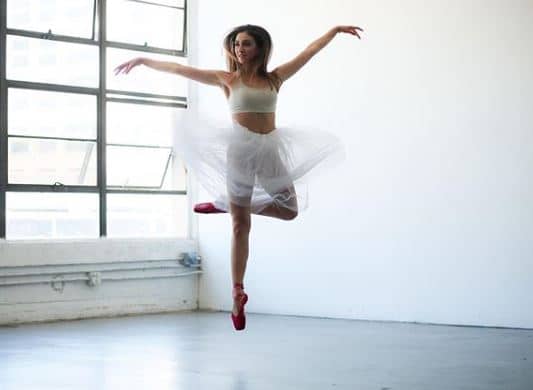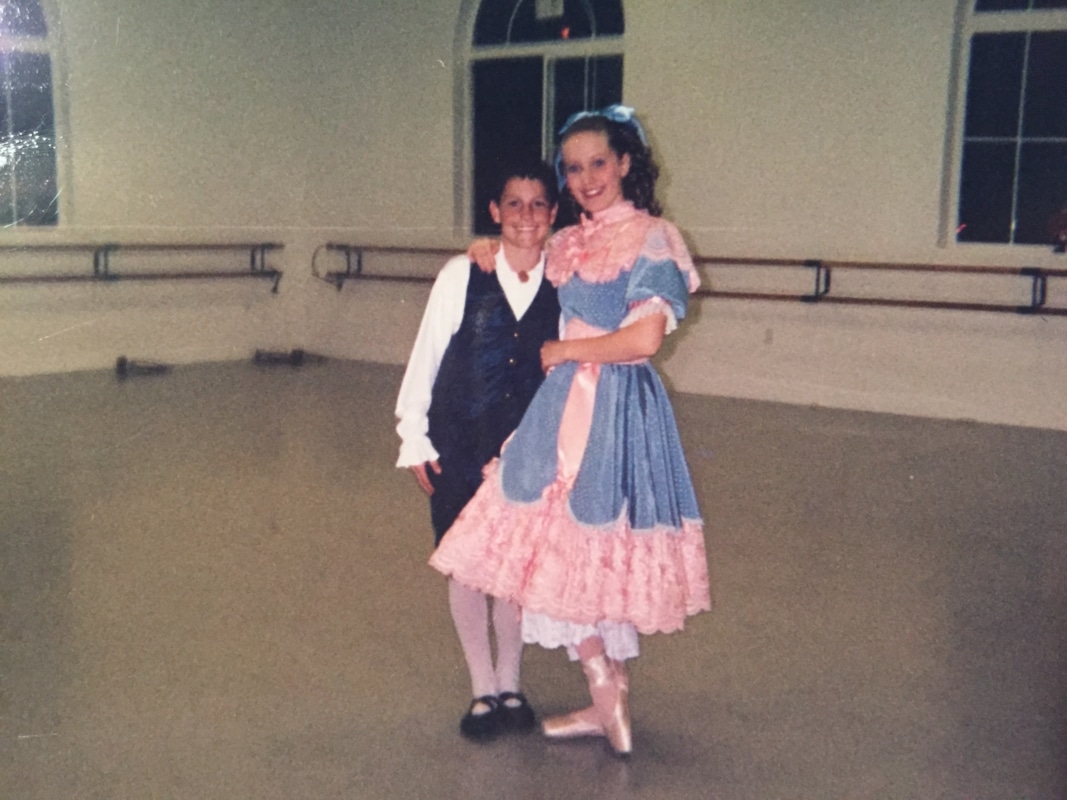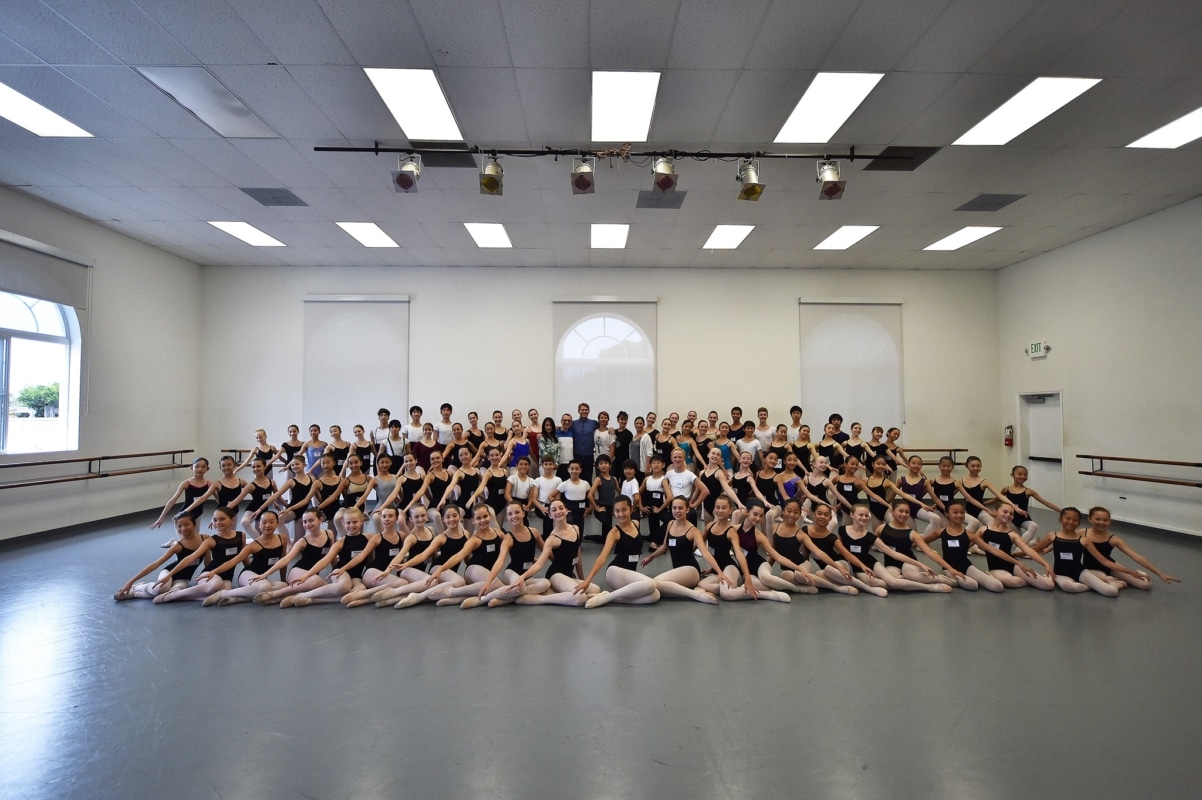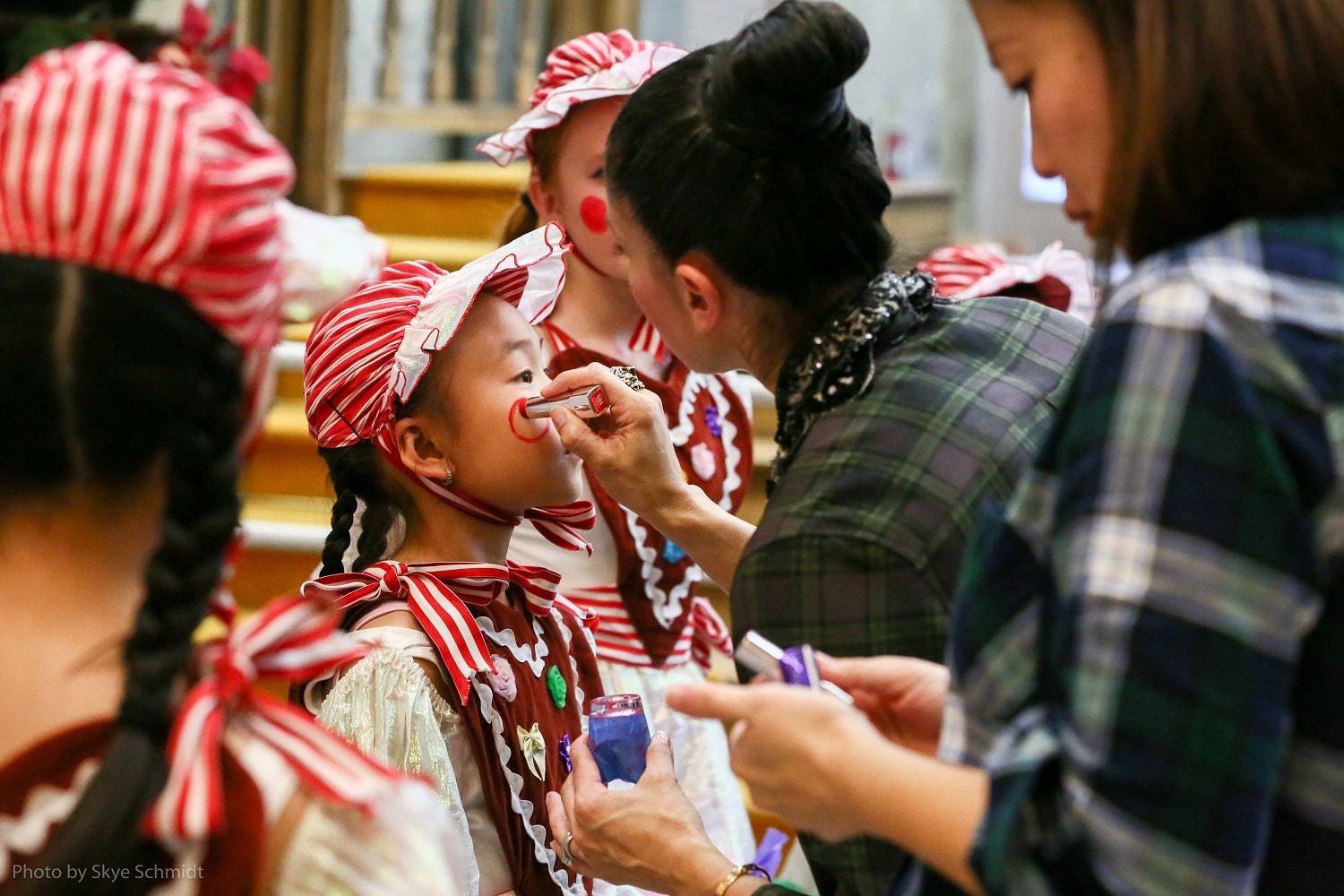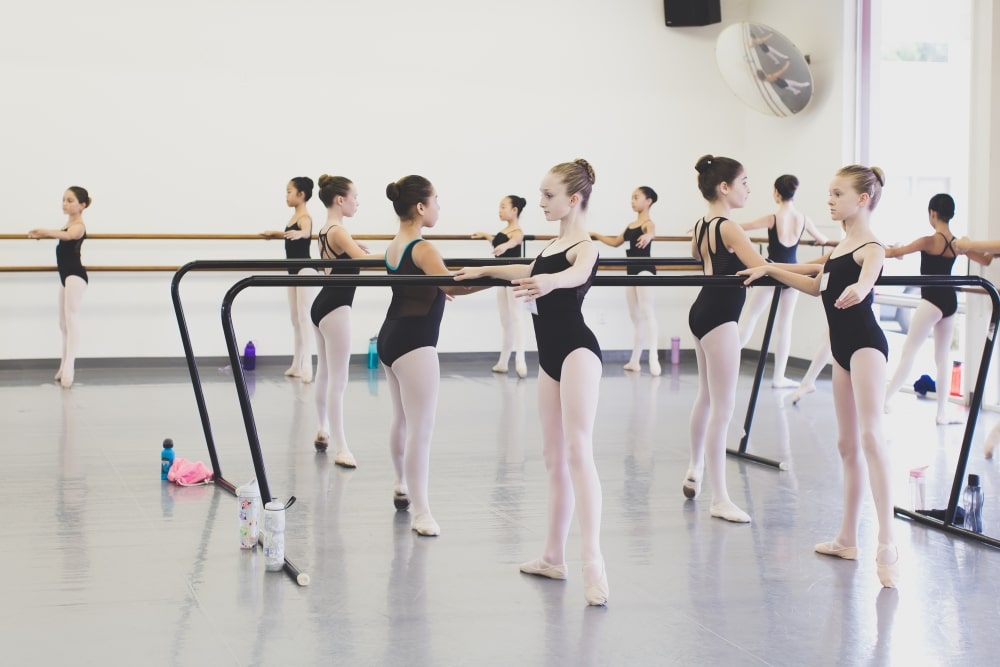Written by Kailea Spitaleri
Note: Festival Ballet Theatre Facebook fan Kailea messaged us to say she was really excited by our upcoming production of Coppélia, as she is writing a novel based on the ballet. These facts she shared are based on her research.
Watch Coppélia, featuring guest artists Beckanne Sisk and Chase O’ Connell of Ballet West on March 24-25 at the Irvine Barclay Theatre.
Coppélia is the definitive comic ballet of the Romantic era, featuring a brash young protagonist, dancing dolls, and a dash of magic. Yet for such a charming, uplifting ballet, it has a surprisingly dark history with the ballet’s original run interrupted by war and a terrible siege on Paris.
Here are 10 interesting facts about the ballet that you might not know…
1. Swanhilda was created by a sixteen-year-old Italian girl, Guiseppina Bozzacchi, who had never before played a role on stage. She was completely unknown at the time, but received great reviews. One critic wrote of her, “she is charming, she is charming, she is charming!”
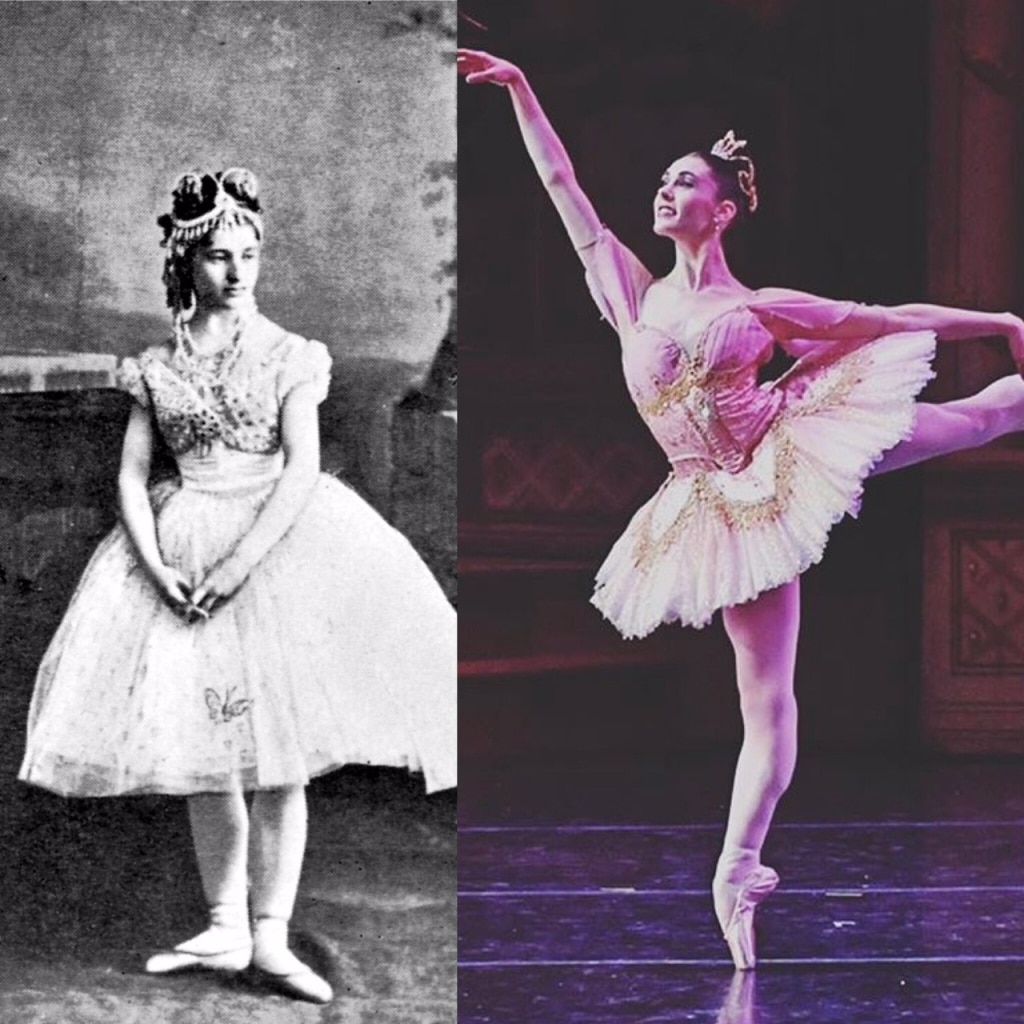
Left: Guiseppina Bozzacchi originated the role of Swanhilda Right: Beckanne Sisk will dance the role of Swanhilda in Festival Ballet Theatre’s production of Coppélia. Photo of Beckanne by Dave Friedman
2. The lead role of Franz was originally en travesti, meaning it was played by a woman. Franz would be continued to be played by a woman up until WWII. It was first played by a popular dancer, Eugénie Fiocre, who later became a baroness. As a side note, she was the first ballerina painted by Edward Degas in, “Eugénie Fiocre in La Source.”
3. The lead role of Swanhilda was originally written for a famous Russian dancer, Adéle Grantzow. Two other well known dancers were considered for the role, but neither was considered acceptable. The ballet was put on hold for over a year while they sought out a new lead, ultimately deciding on a complete unknown Italian dancer.
4. Coppélia premiered in May 1870, just a few months before France declared war on Prussia. That winter, Paris fell under siege that lasted until January when Paris surrendered. The ballet was only performed twelve times before the theater was shut down in September, and the theater was used as a storage facility during the siege.
5. The lead dancer, Guiseppina Bozzacchi, refused to leave her family in Paris when the Prussian army was advancing on the city. The Paris Opera stopped all pay, and she grew weak from lack of food, contracted smallpox, and died at the age of 17 on the morning of her birthday. Her creation of Swanhilda is the only role she ever performed.
6. The world-famous ballet-master and choreographer of Coppélia, Arthur Saint-Leon, died of a heart attack just before the Siege began, dying two days after the Opera closed indefinitely. Coppélia is his only remaining ballet that is still regularly performed today.
7. Coppélia is the most performed ballet in the history of the Paris Opera Company, since its original performance in 1870 at the former Opera building, Salle le Peletier, that would burn down three years after the ballet’s initial performance.
8. This ballet was the first to incorporate traditional dances and music, including national dances from Act I like the Czárdás (Hungarian) and the Mazurka (Polish).
9. Coppélia is loosely based upon two stories by E. T. A. Hoffmann: Der Sandmann (The Sandman) and Die Puppe (The Doll). Hoffman’s work was also the inspiration for The Nutcracker, and there are similarities between the two ballets, including a mysterious inventor, life-like dancing dolls, and elements of magic and mysticism that were popular at the time.
10. Modern-day productions are traditionally derived from the revivals staged by ballet master Marius Petipa for the Imperial Ballet of St. Petersburg in the late 19th century. Originally, there was a third act that was cut only a few years after the creation.



